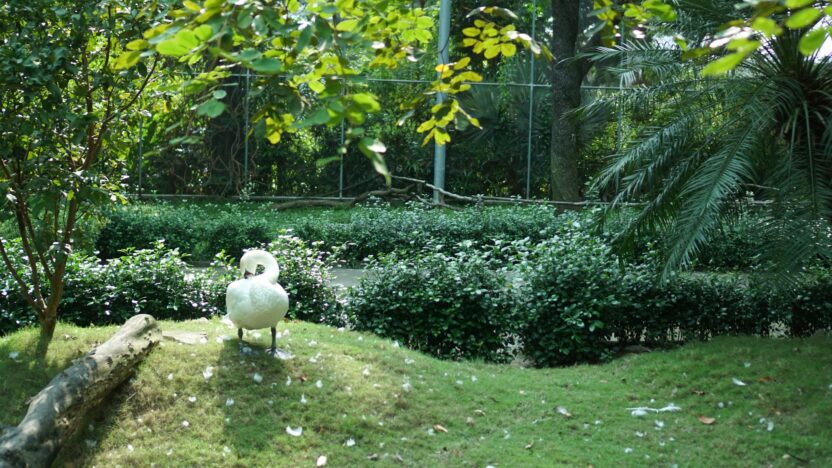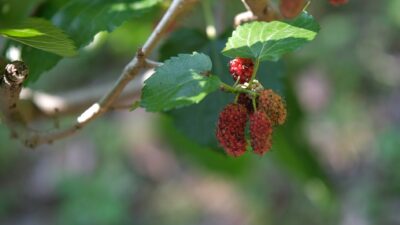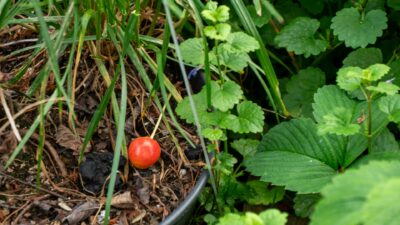Starting an organic garden is a rewarding journey that benefits your health, the environment, and even your wallet. Growing your own food means you control what goes into it, ensuring it’s free from harmful chemicals. Organic gardening also supports local ecosystems, reduces your carbon footprint, and brings you closer to nature. If you’re new to gardening, don’t worry—this guide will walk you through every step to start your organic garden from scratch. Whether you have a big backyard or a small balcony, you can grow fresh, healthy produce with a little planning and effort. Let’s dive into the basics of creating your first organic garden with tips from For Organic Life.
Finding the Perfect Garden Location
The first step in starting an organic garden is choosing the right spot. Location is key because plants need specific conditions to thrive. Most vegetables and herbs require at least six hours of sunlight daily, so observe your space over a few days to find an area with plenty of sun. South-facing spots are often ideal in the Northern Hemisphere, as they get the most direct light.
Next, consider the soil. If you’re planting in the ground, check if the soil is loose and well-draining. Compacted or clay-heavy soil can make it hard for roots to grow. You can test drainage by digging a small hole, filling it with water, and seeing how quickly it drains. If it takes more than a few hours, you may need to amend the soil or opt for raised beds.
Space is another factor. If you’re limited to a small area, like a patio or balcony, don’t worry—containers or vertical gardens work just as well. The key is to match your garden size to your available space and time. A small, well-maintained garden is better than a large, neglected one. Take note of nearby structures, trees, or fences that might cast shade or block wind, as these can affect plant growth.
Gathering Essential Tools and Materials
You don’t need fancy equipment to start an organic garden, but a few basic tools will make the process easier. For beginners, here’s a list of must-haves:
- Hand trowel and shovel: For digging and planting.
- Gloves: To protect your hands from dirt and thorns.
- Watering can or hose: For consistent watering.
- Organic compost: To enrich your soil naturally.
- Mulch: Like straw or wood chips, to retain moisture and prevent weeds.
- Seeds or seedlings: Choose certified organic options to stay true to organic principles.
You can find these at local garden centers or online. If you’re on a budget, check secondhand stores or community gardening groups for used tools. Avoid synthetic fertilizers or pesticides, as they go against organic gardening principles. Instead, opt for natural alternatives like compost tea or neem oil for pest control.
Picking Easy-to-Grow Organic Plants
As a beginner, start with plants that are forgiving and low-maintenance. Some great choices for organic gardens include:
- Herbs: Basil, parsley, and mint are easy to grow and thrive in small spaces.
- Lettuce: Grows quickly and can be harvested multiple times.
- Radishes: Ready to harvest in just a few weeks.
- Tomatoes: A bit more care-intensive but rewarding and versatile.
- Zucchini: Produces abundantly with minimal effort.
When choosing plants, check your local climate and growing season. Plants that suit your region’s weather will grow better and require less work. For example, if you live in a cooler climate, opt for cold-tolerant crops like kale or spinach. If you’re in a warmer area, consider heat-loving plants like peppers or eggplants. Always buy organic seeds or seedlings to ensure they’re free from genetically modified organisms (GMOs) or chemical treatments.
Preparing Soil and Planting Your Garden
Healthy soil is the foundation of any organic garden. Organic gardening relies on natural methods to enrich the soil, so skip chemical fertilizers. Start by testing your soil’s pH, which you can do with a simple kit from a garden store. Most vegetables prefer a slightly acidic to neutral pH (6.0–7.0). If your soil is too acidic or alkaline, you can adjust it with organic amendments like lime (to raise pH) or sulfur (to lower pH).
Next, mix in organic compost or well-rotted manure to add nutrients. Spread a 2–3 inch layer over your garden bed and work it into the top 6–12 inches of soil. This improves soil structure, helps retain water, and feeds your plants naturally. If you’re using containers, fill them with a mix of organic potting soil and compost.
When planting, follow the instructions on your seed packets or seedling labels. Some plants, like lettuce, can be sown directly into the soil, while others, like tomatoes, do better if started indoors and transplanted. Space your plants according to their needs to avoid overcrowding, which can lead to pests or disease. After planting, water gently to settle the soil around the roots.
Watering and Maintaining Your Garden
Watering is critical, especially in the early stages. Most plants need about an inch of water per week, but this varies depending on your climate and soil type. Check the soil by sticking your finger an inch deep—if it feels dry, it’s time to water. Water early in the morning to reduce evaporation and prevent fungal issues. Use a watering can or a hose with a gentle nozzle to avoid disturbing young plants.
Maintenance is just as important. Mulch around your plants with straw, grass clippings, or shredded bark to keep weeds at bay and retain moisture. Check for pests like aphids or slugs regularly, and remove them by hand or use organic solutions like soap spray. Pull weeds as soon as you see them to prevent them from stealing nutrients. As your plants grow, add more compost every few weeks to keep the soil rich.
Don’t forget to prune or harvest regularly. For example, picking lettuce leaves encourages new growth, and trimming herbs prevents them from becoming leggy. Keep a journal to track what works and what doesn’t—this will help you improve with each season.
Final Thoughts on Starting Your Organic Garden
Starting an organic garden is a journey of learning and discovery. Don’t be afraid to start small—a few pots of herbs or a tiny raised bed can yield impressive results. The beauty of organic gardening is that it’s sustainable and forgiving. Mistakes will happen, but each one teaches you something new. Explore more tips and resources at For Organic Life to keep growing your skills. With patience and care, you’ll soon enjoy fresh, chemical-free produce straight from your garden. Happy gardening!




